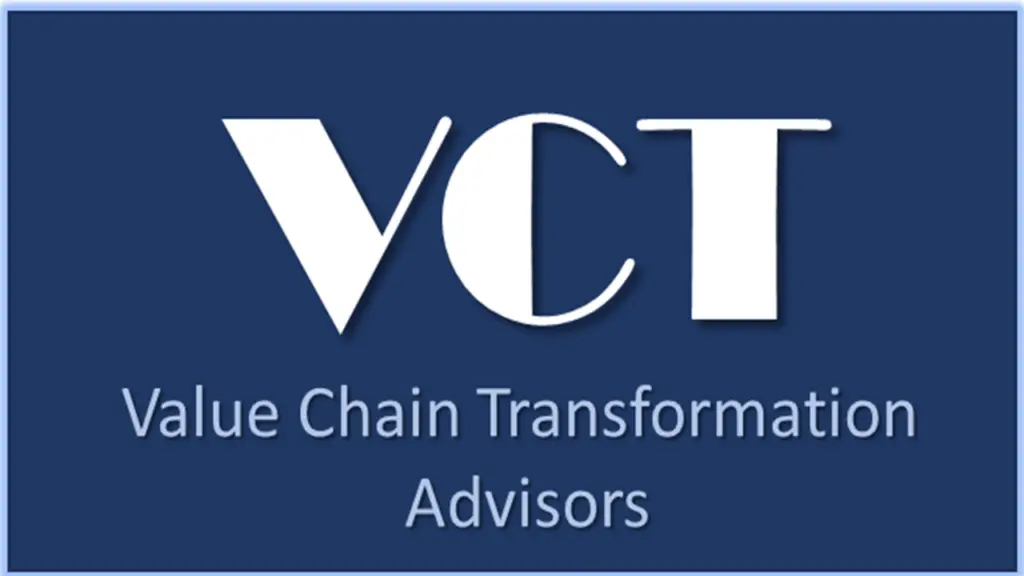Global supply chains today are deeply interconnected. Their interdependence has clear benefits, such as enabling real-time visibility and powerful data analysis capabilities. But on the flipside, the interconnectedness also means that a single disruption can halt production and stall deliveries almost globally, as we witnessed during the COVID-19 pandemic.
Even worse, disruption isn’t an exception but a common occurrence, especially for under-prepared companies. For supply chain leaders seeking to protect their operations from market disruptions, a composable business architecture is the way to go. Explore how composability powers supply chain resilience.
From Concept to Capability: What is Composable Business Architecture?
A composable business architecture treats a business as a collection of modular, interchangeable capabilities rather than a monolithic structure. In supply chain terms, composable technology means your demand forecasting, inventory optimization, procurement, and fulfillment capabilities operate as discrete but connected services.
What is the Difference Between Modular and Composable Architecture?
Modular architecture divides enterprise operations into standalone parts. Enterprise Resource Planning (ERP) systems are a good example. These systems separate modules for finance, inventory, and procurement.
This approach creates a single source of truth for each module but also creates data silos. Additionally, it becomes nearly impossible to adopt new technologies, as doing so would mean reconfiguring the entire system and related processes.
Composable technology for supply chain maintains this modularity but enhances it through APIs and microservices. Each module remains fully independent, yet simultaneously interconnected to the rest.
This simplifies change management since each component can be reconfigured based on changing business needs without impacting other modules. It also promotes end-to-end process visibility using an API-first, orchestration-ready approach.
The Core Building Blocks of a Composable Model
Core composable supply chain elements include:
Packaged Business Capabilities (PBCs)
Packaged Business Capabilities (PBCs) are modular, self-contained units that solve a specific business problem. For instance, a manufacturer might use a PBC to adjust safety stock, cutting excess without interfering with other processes or functions.
Microservices
Microservices break PBCs into small, independent applications. For instance, for a manufacturing company, a microservice might handle a single function, such as processing a sales order.
APIs
APIs define how different PCBs and microservices share data, trigger processes, and coordinate decisions. For example, using an API to connect a demand forecasting service to a procurement system would mean that purchase orders are automatically updated when demand signals change.
iPaaS (Integration Platform as a Service)
iPaaS platforms integrate all PBCs and microservices to ensure all data travels smoothly and securely between them. Simply put, iPaaS solutions are the thread that weaves it all together, resulting in an integrated supply chain design.
How Composability Enables Micro Supply Chains
Composable thinking allows organizations to optimize their business workflows to serve each customer, product, or market segment. Consider a consumer electronics manufacturer serving high-volume retailers and specialized commercial customers. Composable technology would allow this manufacturer to create two distinct micro supply chains that address the needs of each segment using shared modular components. Both micro supply chains would share foundational capabilities, such as supplier management and financial planning, but would be optimized for their specific requirements.
This approach proves quite valuable during supply chain disruptions. Instead of blanket policies that optimize one segment while harming another, the micro-supply chain approach would enable targeted responses based on real-time supply chain risk intelligence.
Real Business Impact: Agility, Cost Efficiency, and Risk Reduction
Well-implemented composable business applications deliver the following benefits:
- Agility & Supply Chain Scalability: The modular setup of composable models allows organizations to deploy new capabilities incrementally. This agility accelerates time-to-market, as companies can quickly reconfigure their capabilities to enter new markets, capitalize on trends, and respond to disruptions. It also promotes digital transformation.
- Cost Efficiency: With composability, you only deploy what you need when needed. The “pay-as-you-grow” approach aligns technology investments with business outcomes, as enterprises only deploy functions where they deliver the highest impact.
- Risk Reduction: Composable architecture distributes functionality across independent services. This containment ensures risks or failures remain isolated within a specific PBC. Moreover, when disruptions occur, composable architecture allows organizations to reconfigure affected components quickly so operations remain stable despite uncontrollable external conditions.
Building a Composable Supply Chain Platform
Now that you know what a composable system is, the building blocks, and the benefits, how do you build an intelligent composable business? Below are the core steps for creating one:
- Identify Key Business Capabilities: To maximize the perks of a composable model, you must integrate it with supply chain functions that drive the most value within your operations. Focus on capabilities critical to operations and frequently changed by market conditions.
- Adopt Modular Services: Break down monolithic business processes into smaller, interoperable functions. Prioritize those with the highest pain or greatest potential value.
- Integrate with APIs: Work with your IT team to define how composable components will share data, trigger processes, and coordinate decisions. Document these standards clearly and educate stakeholders on how composables interact with existing systems to ease buy-in.
- Iterate Quickly and Continuously: Once you implement your first composable model, ensure you define success KPIs and continuously gather user feedback. Measure results continuously and adjust based on performance data.
Composability in Action: Use Cases for Supply Chain Leaders
Composable business architecture enables supply chain innovations that would be impractical or impossible with traditional monolithic systems. Here are some real-world examples:
AI-Driven Demand Forecasting
For most consumer goods companies (CPGs) , accurate demand forecasting is marred by static models that can’t keep up with rapidly shifting consumer behavior. A composable, AI-driven demand forecasting model combines traditional statistical forecasting with POS data, machine learning algorithms, and external data sources. This results in highly accurate demand forecasts that automatically feed back into the legacy ERP.
Dynamic Inventory Optimization
Many manufacturers struggle with a common problem: too much inventory of slow-moving items and stockouts of fast-moving products. A Multi-Echelon Inventory Optimization (MEIO) PBC enables companies to connect their ERP, WMS, and other systems for a holistic inventory view.
Powered by AI, this new system analyzes inventory across the entire network and recommends optimal safety stock levels. This increases service levels, enhancing the customer experience without excess carrying costs.
Predictive Replenishment
A predictive replenishment microservice allows distributors to use scenario planning to test their replenishment plans against various “what-if” situations. This enables them to simulate and determine the trade-offs of different replenishment actions in real-time.
GAINS: Build Your Composable Supply Chain Future
The future of supply chain management is about engineering decisions that keep your operations going regardless of supply chain chaos. The API-first platform by GAINS empowers you to engineer such decisions. Embedded with Agentic AI, our platform integrates with your legacy systems, adding intelligence capabilities that enhance decision-making. Ready to engineer smarter supply chain decisions? Request a demo today.



